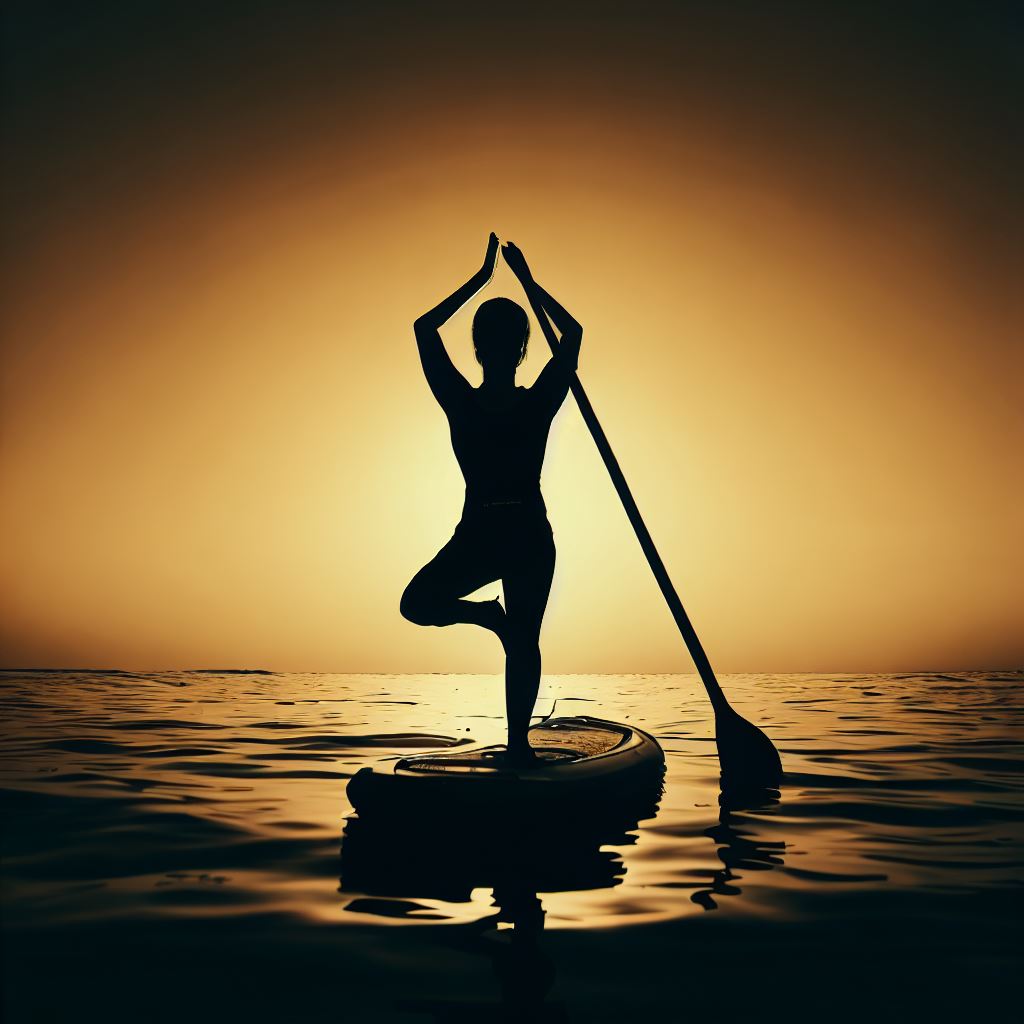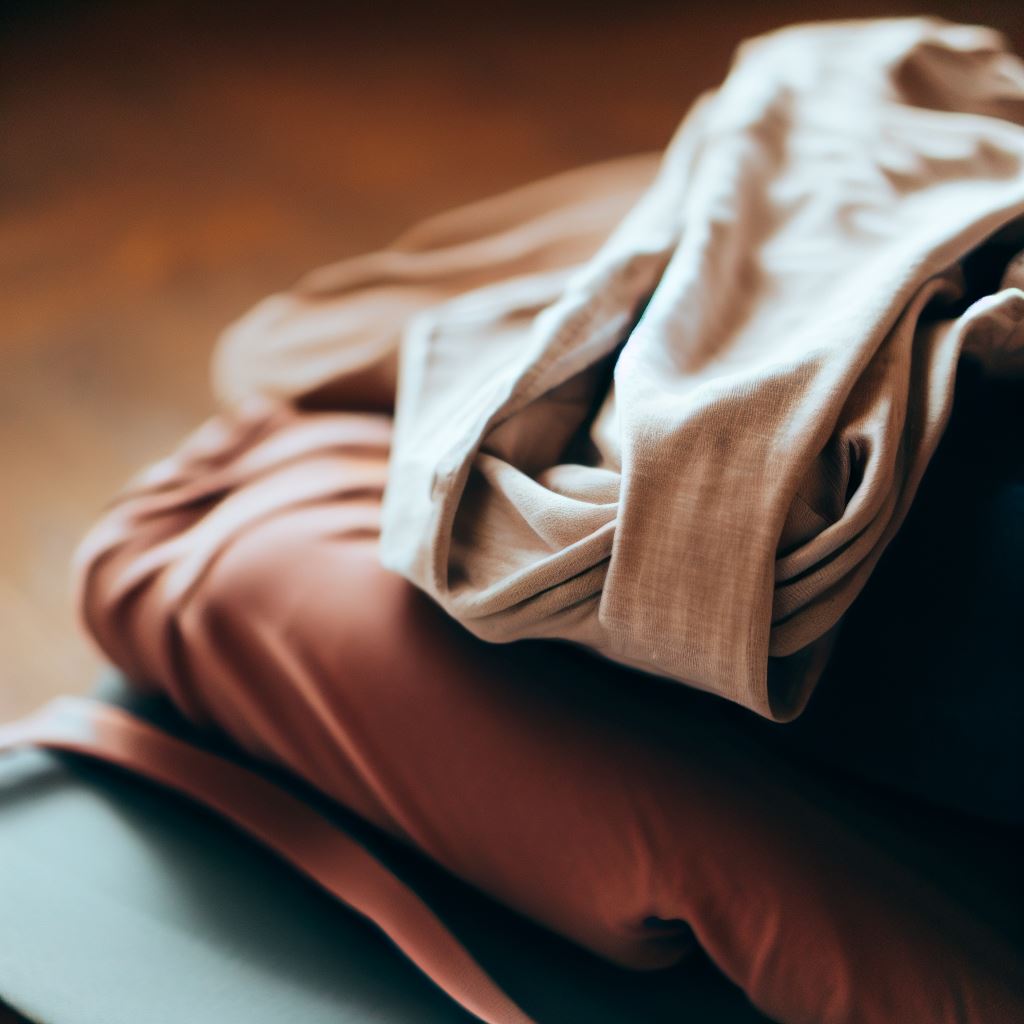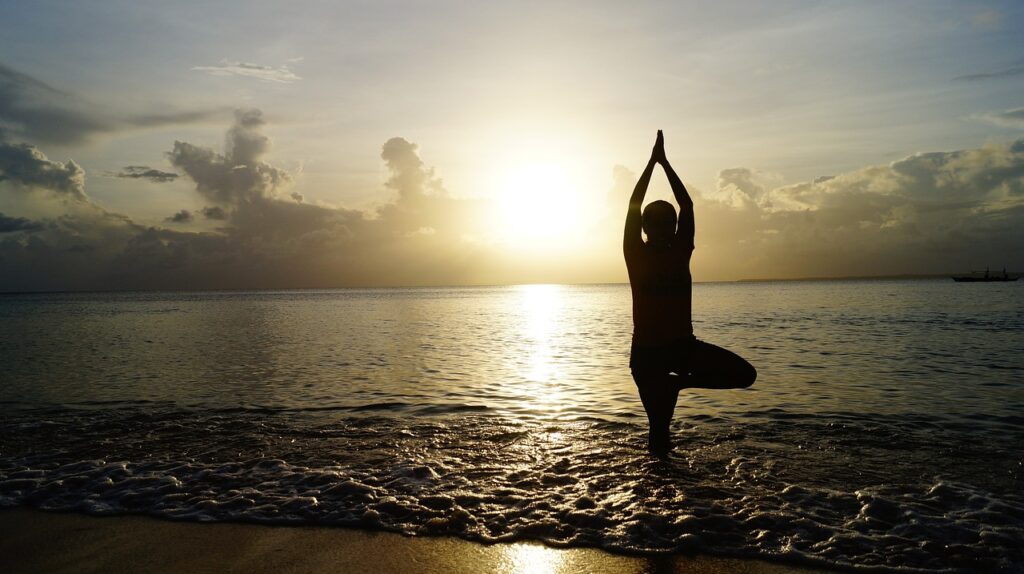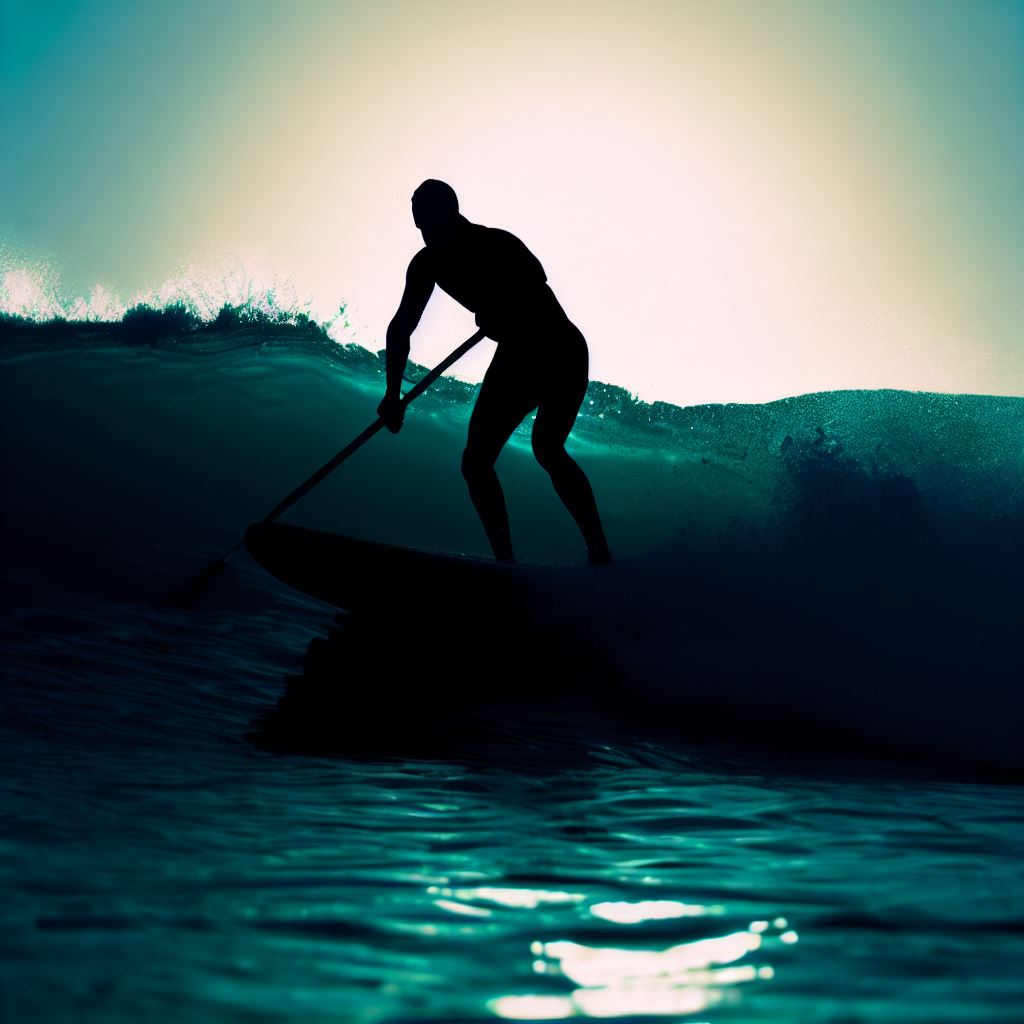Table of Contents

Stand-up paddle boarding (SUP) and yoga are both known for their transformative effects on the mind and body. Imagine combining the two, practicing yoga on a tranquil paddle board amidst the gentle ripples of water. This is SUP yoga, a discipline that blends the principles of yoga with the serenity of floating on water. In this article, we’ll explore the serene world of SUP yoga, where finding balance extends beyond the physical.
The Essence of SUP Yoga
At its core, SUP yoga is about finding balance—both within yourself and on the water. It’s an experience that demands mindfulness, focus, and a connection with the natural world. On a paddle board, every movement becomes intentional, every pose a meditation. This unique discipline is not just about physical postures; it’s about finding peace and harmony in a dynamic environment and what’s more dynamic than upon a lake, river or ocean?
The Benefits of Practicing Yoga on Water
The discipline offers a very unique set of benefits:
- Core Strength: Balancing on an unstable surface engages your core muscles, leading to increased strength and stability.
- Mindfulness: The gentle sway of the board requires heightened awareness, fostering mindfulness and mental clarity.
- Connection to Nature: Practicing on the water connects you with the soothing sights and sounds of nature, enhancing your sense of well-being.
- Stress Reduction: The combination of yoga and the water’s tranquility creates a peaceful environment for stress relief.
Gear Essentials for SUP Yoga

To embark on a SUP yoga journey, you’ll need the right equipment:
- SUP Yoga Board: These boards are wider and more stable than standard SUP boards, providing a secure platform for yoga practice.
- Paddle: Opt for a paddle that suits your height and is suitable for yoga. Some paddles come with a paddle holder to secure it during practice.
- Anchor System: An anchor or weight system can help keep your board stable during practice, especially in open water.
- PFD (Personal Flotation Device): Safety should always be a priority. Wear a PFD, especially if you’re practicing in deep or open water.
The Practice of Balance

SUP yoga poses range from gentle stretches to challenging balances. Common poses include downward dog, warrior, and child’s pose. Each pose requires heightened awareness of your body and the board beneath you. Falling into the water is all part of the experience, reminding you to let go of perfection and embrace the journey.
Community and Connection
SUP yoga is often practiced in a group setting, fostering a sense of community and connection. Sharing the experience with others adds to the joy and camaraderie. Classes are offered in various locations, from serene lakes to coastal shorelines, Facebook is a great resource for people looking for a SUP yoga group.
Conclusion
SUP yoga invites you to find serenity on the water, to embrace the gentle sway of the paddle board, and to discover a deeper connection with yourself and nature. Whether you’re a seasoned yogi or a beginner looking for a unique experience, SUP yoga offers a transformative journey that balances mind, body, and spirit. So, grab your board, paddle out, and let the water be your yoga mat as you explore the serene world of SUP yoga.
We’re always looking to provide you with content that you love, if you have a question you’d like to have answered or have a topic you think would make for an amazing article or video we would love to hear from you HERE.
For now, stay safe and check back frequently to see WhatSUP!
*This website uses affiliate links which may earn a commission for purchases made at no additional cost to you*


